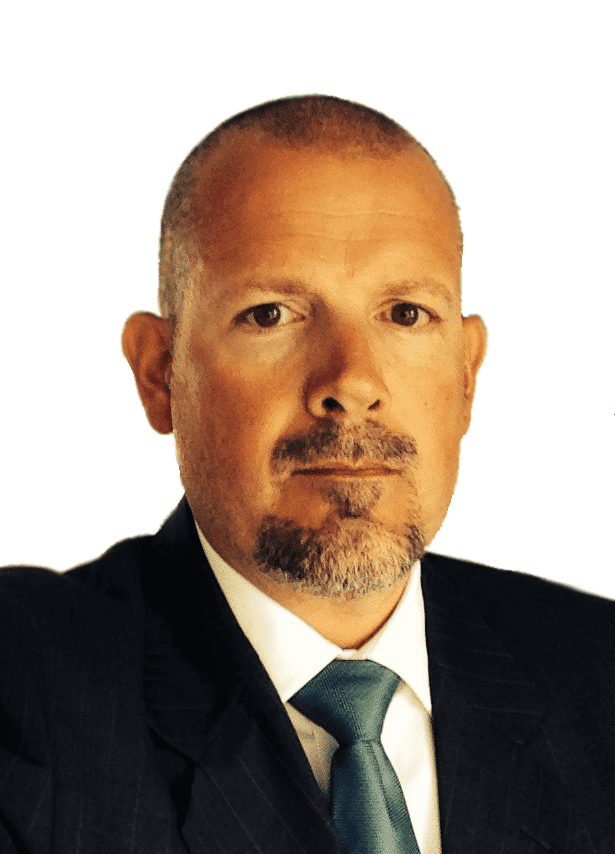You’ve reached your limit!
To continue enjoying Utility Week Innovate, brought to you in association with Utility Week Live or gain unlimited Utility Week site access choose the option that applies to you below:
Register to access Utility Week Innovate
- Get the latest insight on frontline business challenges
- Receive specialist sector newsletters to keep you informed
- Access our Utility Week Innovate content for free
- Join us in bringing collaborative innovation to life at Utility Week Live

Following the publication of the government’s Net Zero Strategy, Steve Atkins, DSO transition lead on the Energy Network Association’s Open Networks programme, offers an overview of the project’s progress thus far.
 In 2017, Open Networks was launched as a cross industry initiative by the Energy Networks Association (ENA) to bring the industry together and look at how the networks need to evolve to facilitate smart and flexible energy systems.
In 2017, Open Networks was launched as a cross industry initiative by the Energy Networks Association (ENA) to bring the industry together and look at how the networks need to evolve to facilitate smart and flexible energy systems.
The UK government’s recently launched Net Zero and Heat and Buildings strategies have reiterated the scale and urgency of delivering against the climate change challenge. Energy networks have a key role in enabling the action crucial to realising these strategies’ ambitions.
The ENA, through Open Networks, is leading the transition as networks facilitate this smart, flexible and Net Zero-ready future.
The programme has mapped out pathways to the Distribution System Operation (DSO) transition and set out a clear roadmap showing how we are taking these steps forward, giving full visibility of progress to the industry.
Coordinated and cost-effective transition
The transition means that we need to continue what we do already as a Distribution Network Operator (DNO), but better, as well as taking on new responsibilities and activities to enable the faster uptake of low carbon technologies. We need to harness energy from low-carbon sources and the data being generated and captured by smarter technologies.
It’s also vital that the transition works for all customers and is coordinated and cost effective. We are working to identify and remove barriers for local solutions and follow data led results. Many of these are also key aspects of the government’s Net Zero and Heat and Buildings strategies.
The Prime Minister has made it clear that customer choice is a central component of the UK’s decarbonisation ambitions. Planning and building a future power grid that leaves nobody behind is the core principle of our work.
Data is also fundamental to the transition and future smart grid. With energy increasingly decentralised, millions of assets – solar panels, batteries, electric vehicle charge-points, and heat pumps – will need to be able to communicate with system operators and market platforms. Transparent and accessible data will allow the markets to put consumers at the heart of this change while allowing system operators to support the rise in new business models and technologies.
Our DSO roadmap sets out all the work that is under way or planned by the energy networks to get better visibility, to enable better planning and to share this data with the wider industry to unlock new opportunities.
Ramping up efforts
Finally, flexibility is key. In order to fully realise the benefits of the growing number of local flexible resources, Britain’s energy networks need to be able to operate in a more adaptable and flexible way to manage local supply and demand. In turn this will help reduce bills and power cuts for customers.
The UK government forecasts that flexibility will save UK households £10bn per annum by 2050, while creating 24,000 jobs. The DSO roadmap shows all the actions networks are undertaking to facilitate these emerging markets neutrally to further unlock flexibility, helping to connect more low carbon heating solutions to the network efficiently.
The UK’s target for reaching 600,000 heat pump installations a year by 2028 is ambitious and welcome. This will bring with it increased demand on electricity networks, and we are committed to facilitating the transition to this in a secure, cost-effective and accessible manner for the customer we serve.
Therefore, 2022 will be another critical year as we ramp-up our efforts to deliver Net Zero ready networks. While we have made good progress over the years, there is more to do in and in much shorter timescales, particularly given the government’s recent commitment to decarbonise the energy system by 2035.
The energy networks’ improved interactive DSO roadmap, which tracks how network companies are reaching Distribution System Operation through more than 500 detailed steps, is available on ENA’s website.

See this content brought to life at Utility Week Live, 17-18 May 2022 NEC Birmingham
Delivering smart energy networks is one of the frontline challenges at the heart of Utility Week Live 2022’s live content programme.
View the challenges and be alerted for tickets to the industry’s most eagerly awaited reunion at utilityweeklive.co.uk.
Please login or Register to leave a comment.